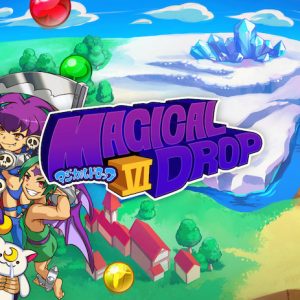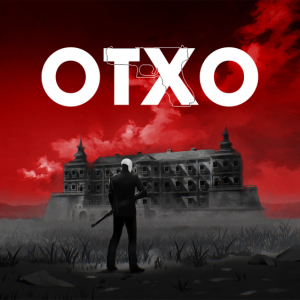I’d like to begin this review by saying that Starwhal is not a game for solo players. If you’re the type of gamer that prefers to play alone, or if you rarely have the opportunity to invite friends and family over to engage in some friendly competition, then Breakfall’s latest effort undeniably has little to offer you. However, its heavy focus on local multiplayer is somewhat refreshing in today’s online-centric industry, and the game really comes alive when there’s three or four of you huddled around the TV.
Regardless of whether you’re playing alone or with friends, your first task will be to customize your narwhal’s color, headgear and body outfits. If you haven’t heard of narwhals, they’re underwater creatures in the whale family that live in the antarctic ocean, and traditionally don’t wear headgear or outfits. The options range from the weird and wonderful to just plain random. Fancy a horse mask and tutu combo? How about a wizard’s hat and bacon outfit? The choice is yours, and the zany outfits only add to the ridiculousness of the gameplay.
Starwhal’s flagship mode is, rather creatively, called “Classic,” and it’s a representation of everything the game has to offer. Each narwhal in the game has an external heart and, of course, a long pointy tusk in place of its nose. If a narwhal’s tusk was to, perhaps, prod another’s heart, then that’d surely result in the second narwhal losing a life, right? That’s what the developers must’ve had in mind when thinking up the core mechanics behind Starwhal and, like any solid arcade-style game, it never strays too far from its core mechanics; a first-time player could theoretically pick up a controller and stand just as much of a chance at victory as somebody who’s been playing the game since its original release on PC over a year ago.
The stages occasionally mix things up with lava pits that result in instant demise for your narwhal, and moving platforms which lead to some near misses and close escapes, but ultimately it’s the combination of pick-up-and-play gameplay, simple controls and a charming aesthetic that’ll keep you and your friends coming back for “just one more battle.” And when you do decide to move on, the other game modes do offer a stellar companion to the core game, with variables and different objectives to keep you interested.
The Wii U version even gets an exclusive mode called “Blastopus,” where a solo player utilizes the GamePad’s touch screen to place bombs strategically in an attempt to deplete each player’s hearts before time runs out. In typical Wii U fashion, four more players can make use of Wii Remotes or Wii U Pro Controllers and attempt to outsmart the Blastopus player by avoiding their bombs.
With Starwhal, one thing’s for sure: The more players the merrier. Getting the whole TV to yourself after an evening of local multiplayer is often satisfying, but the opposite applies for Starwhal. The game’s single-player campaign consists of 32 levels divided across two game modes: Obstacles and Targets. Both offer time trial-based challenges in which you earn medals – from Bronze to Platinum – dependant upon how quickly you complete the stage. It’s here that the game’s underlying flaws come to light.
When the focus of the game becomes objective-based, rather than a competitive brawl, the overly simplistic controls – which could be described as quirky during multiplayer – become something of a nuisance. In single-player, you’re tasked with traversing often intricate levels where the controls are more of an obstacle than the level design itself. In fact, there’s little incentive to even play these single-player stages, so they’re probably best avoided altogether. They prove detrimental to the overall package and lead to frustration on more than one occasion, even during a single playthrough which lasted less than an hour for me. If more customisation options were unlocked through earning Platinum medals, perhaps there’d have been more incentive to re-play these, but unfortunately that’s not the case.
The price point set for Starwhal implies that the developer considers the game to be something of a premium release, although the value for money that players will derive depends entirely on their social situation. It feels like I said exactly the same thing when I reviewed Zelda: Tri Force Heroes, but the same does stand true here; however, Starwhal’s lack of online multiplayer is a sore omission that could’ve resulted in a wholehearted recommendation from myself. Sadly, Starwhal limits its audience to a niche crowd, and I can only truly recommend it as a party game for those who already play host to local multiplayer gaming sessions.
If you do happen to fall into that niche, Starwhal is a must buy. It’s unlike anything you’ll have played before, while also proving to be intriguingly accessible for anyone to jump in and play. It’ll hold its own against your Mario Kart, Smash Bros. and Runbow, and will provide hours upon hours of fun. Plus, owners of the game on Wii U benefit from three different controller options and an exclusive game mode. It may be a late port, but one that’s become the definitive version of the game.
Starwhal (Wii U) Verdict
The Wii U eShop proves to be the perfect home for Starwhal, as a multiplayer-focused gem; however its lack of online modes make this one difficult to recommend.
7/10
Originally published on NintendoNews.com






